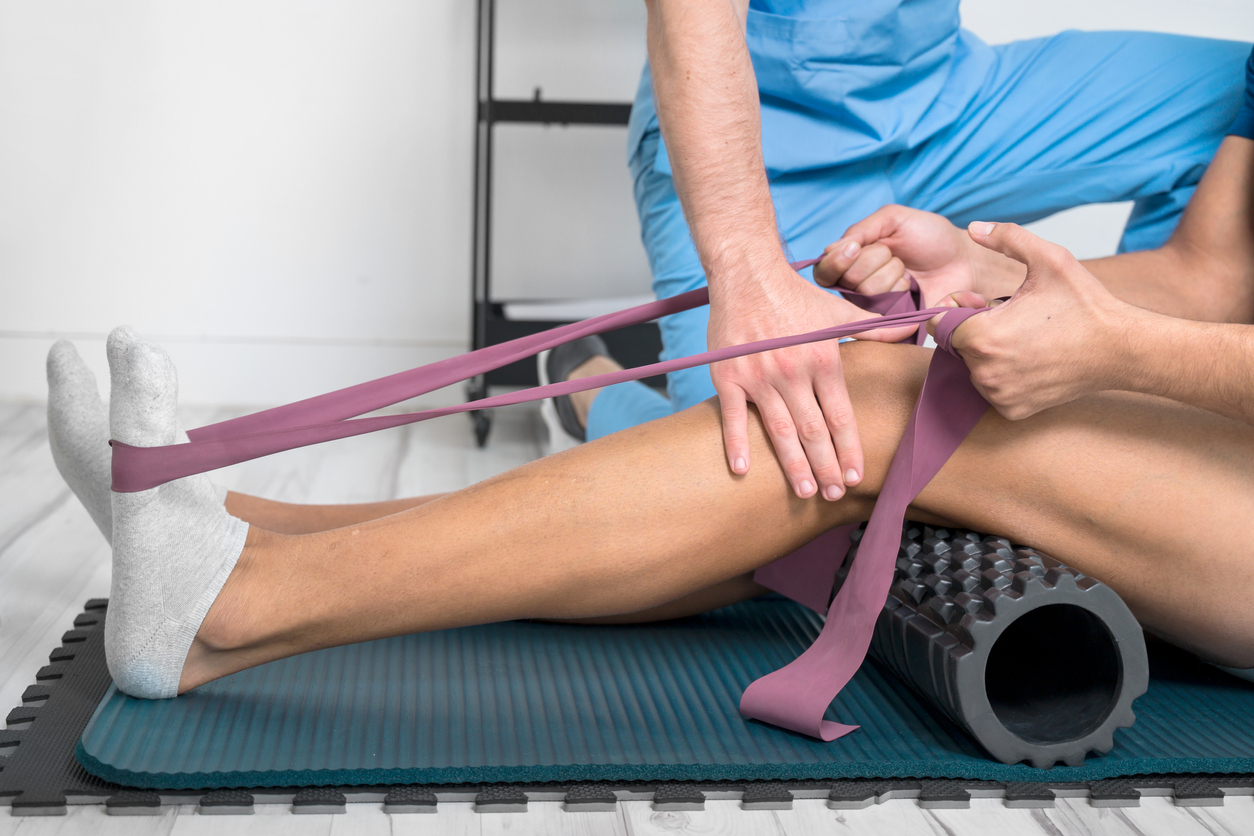Treatments
Which Types of Conditions Respond Best to Physical Therapy?

What is physical therapy?
Physical therapy is often used as a standard treatment for chronic pain or pain related to an injury. However, it can also help treat other medical conditions, including back pain, headaches, diabetes, injuries, etc. A physical therapist typically treats areas of weakness by encouraging movement.
Which conditions respond best to physical therapy?
Physical therapy may reduce pain, improve function, and shorten the recovery time following surgery or injury. Symptoms of certain conditions, injuries, and chronic health issues may also be reduced by physical therapy.
Common conditions
Physical therapy can help reduce pain, decrease swelling, improve mobility, and strengthen muscles. Specific conditions that may benefit from visiting a physical therapist include, but are not limited to, the following:
- Incontinence
- Back pain
- Carpal tunnel syndrome
- Lymphedema
Injuries
Certain injuries, accidents or surgeries may require physical therapy in order to heal properly. Additionally, it can help in the prevention of further injuries. Physical therapy can help relieve pain, increase movement, boost flexibility, and improve balance associated with the following:
- Temporomandibular joint disorder
- Concussion
- Spinal cord injury
- Rotator cuff injury
Chronic health conditions
A health care professional may refer an individual to a physical therapist as a treatment plan for certain chronic conditions. They may include, but are not limited to, the following:
- Chronic obstructive pulmonary disease (COPD)
- Cystic fibrosis
- Cerebral Palsy
- Muscular Dystrophy
- Multiple Sclerosis
- Osteoarthritis (OA)
- Parkinson’s disease
- Rheumatoid arthritis (RA)
Whether a condition responds well to physical therapy is dependent on which type of physical therapy is being performed, the severity of the condition, any co-occurring issues, and the mindset of the patient. A medical professional can help determine if physical therapy is a good option.


















